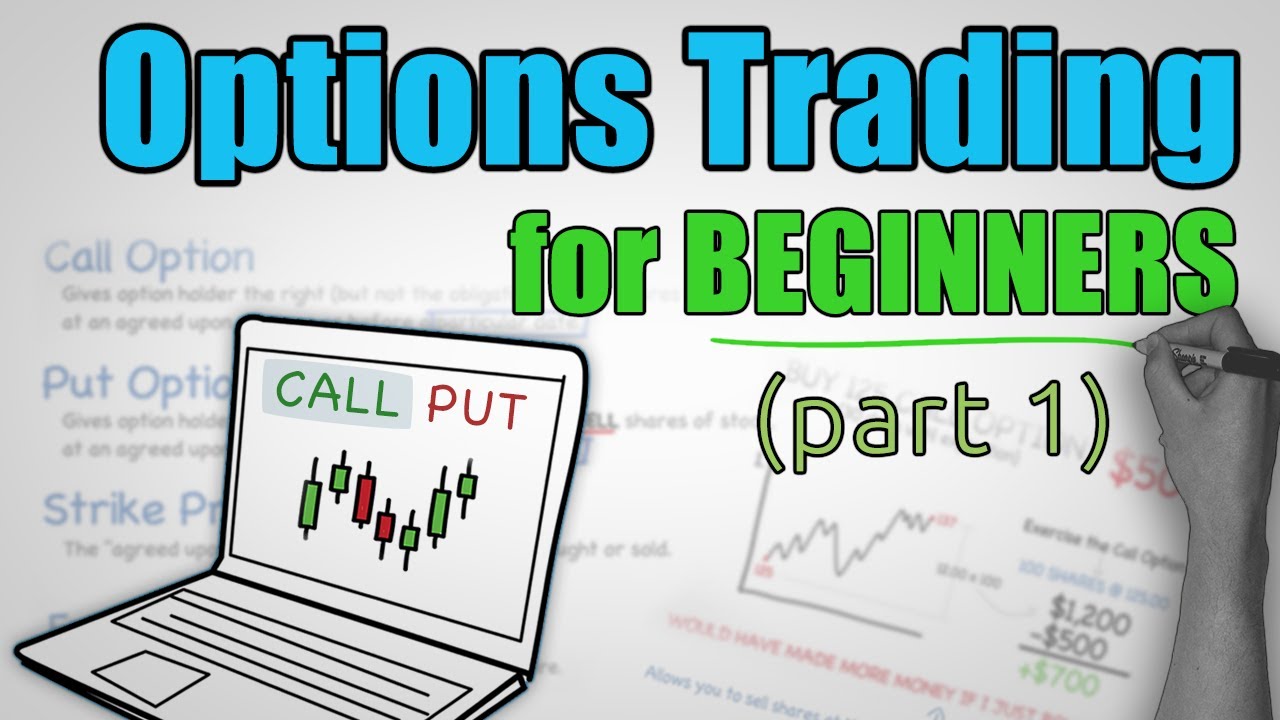Welcome to trade options, where I want to highlight powerful strategies used by traders to multiply the profits and protect them from injury. We will cover the most important topics you need to understand as a first-option dealer, and we will do it quickly.
What are the options?
Options are financial contracts that give you rights but not the responsibility to buy or sell an underlying property at a particular price. You can trade options by using the same broker platform that you use to buy and sell shares.
There are two types of options:
- Ring option: Let the owner have the right to buy a built stock at a specific price (strike price) before a predetermined expiry date.
- Set option: Give the owner the right to sell a built stock at a specific price before a predetermined expiry date.
Understanding Call Options
Ring options allow traders to benefit as stock prices increase. At the end of 2022, for example, the Nvidia stock was $150. A seller could buy a call option with a strike price of $150, which is to be terminated in mid-February 2023. If Nvidia’s stock rises from $146 to $195, the value of the conversation option will increase significantly.
With stocks for $ 195, traders who have 150 strike options can buy 100 shares for $ 150 each and sell them for $ 195, leading to ** $ 45 profits per share ** or ** $ 4500 on 100 shares. Since a standard share option contract controls 100 shares, it is important to understand this multiplier effect.
Intelligent option set
Alternatives allow traders to benefit from the fall in stock prices. For example, at the end of November 2022, Tesla’s shares made a $200 business. A seller hopes a reduction is expected to be a ** $ 190 strike price ** to buy ** Put options **, which ends in mid-2023.
When Tesla’s share price fell to **$123 **, the put option increased significantly. Companies can buy 100 shares for $ 123 and sell them at $ 190 strike price, then $67 profits per share of 100 shares ** or ** $ 6,700.
Why business options?
The alternatives provide directly higher percentage gain capacity than trade shares. However, traders should understand that option prices are only affected by factors beyond stock price movements, for example:
– ** Instability **: more volatile stock has more expensive alternatives.
-** Tops to end up to time **-the cost of long-term alternatives due to the high probability of stock price movements over time is higher than a short-term alternative.
For example, in a ** 60-day conversation option** with a strike price on Tesla, the share price is equal to the stock price for a *10% share price **, while on gold ETF GLD can only trade for ** 2% ** due to a similar alternative low volatility on gold ETF GLD.
Risks of Options Trading
While alternatives can generate enough benefits, they also take important risks. Unlike shares, where the price can be ups and downs but usually maintains some value, the options can eliminate the useless.
Example: An Nvidia option dealer who may have purchased an October $150 call option may have seen his value fall to zero if the stock price fell below the strike price from the outlet.
Corresponding to a merchant who abolished the Tesla $100 strike in March 2023, perhaps the stock price of Tesla may lose the entire investment if a rapid increase.
KEY TAKEAWAYS
- **Increase in share option price as an increase in stock prices **, while ** increase in price increase in the price of shares.
- Options can sell contracts at high prices to secure profits without using seller options.
- The price of options is made on the basis of volatility and stock price movements, and on time is over **.
- Options take high risk compared to shares. ** Sellers can lose the entire investment if the option ends in waste.
Further Learning
For an in-depth guide, check out my free **100-page Options Trading for Beginners PDF**, packed with explanations and data visualizations to help you grasp essential concepts and strategies. The link is in the description below.
Additionally, I have uploaded a **detailed video** explaining how option prices work, so be sure to check it out for further learning.
My name is **Chris from Project Finance**, and thank you for reading! See you in the next guide.
